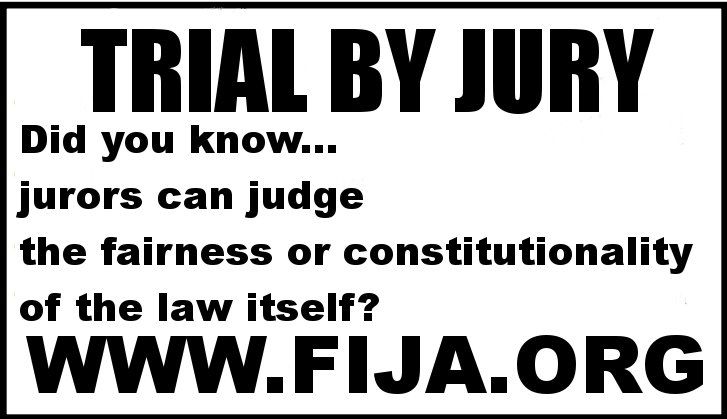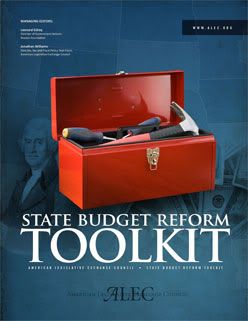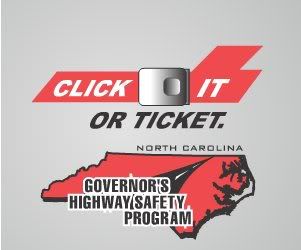Readers are reporting an increased law enforcement presence today, including large numbers of NC Highway Patrol Troopers.
This is due to an annual initiative called 'Obey the Sign or Pay the Fine" that has the goal of saving lives and reducing speeds on state roads.
Here is more information from the Governor's Highway Safety Program:
OBEY THE SIGN OR PAY THE FINE
Studies continue to show that speed is a major cause of injury and fatality on North Carolina roadways. In 2015 alone, there were 322 speed-related fatalities and 10,658 speed-related injuries. Speeding was a contributing factor in 23 percent of all fatal crashes in North Carolina.
The National Highway Traffic Safety Administration considers a crash to be speeding-related if the driver was charged with a speeding-related offense, or if the responding officer indicates the driver was either driving too fast for the road conditions at the time or was exceeding the posted speed limit.
A crash on a road with a speed limit of 65 mph or greater is more than twice as likely to result in a fatality than a crash on a road with a speed limit of 45 or 50 mph and nearly five times as likely as a crash on a road with a speed limit of 40 mph or below.
Speeding can have dangerous consequences, including:
•Reducing a driver's ability to negotiate curves or maneuver around obstacles in the roadway
•Extending the distance traveled before a vehicle can stop
•Increasing the distance a vehicle travels while the driver reacts to a hazard
•Increasing the risk of crashes and injuries because other vehicles and pedestrians might not be able to judge distance correctly
In 2015, 88 percent of all speeding-related traffic fatalities in North Carolina occurred on non-interstate roadways – where the posted speed limits were 55 miles per hour or lower. Only 8 percent of the state's speeding-related fatalities occurred on interstate highways that year.
In 2015, speeding was involved in 27 percent of the fatal crashes that occurred in construction or maintenance zones.
Many Americans believe they won't be ticketed if they drive within a "buffer zone" above the posted speed limit. But now, law enforcement will be targeting and ticketing speeding drivers. When it comes to speeding: Obey the Sign or Pay the Fine – the posted speed limit IS THE LAW.































0 comments :
Post a Comment